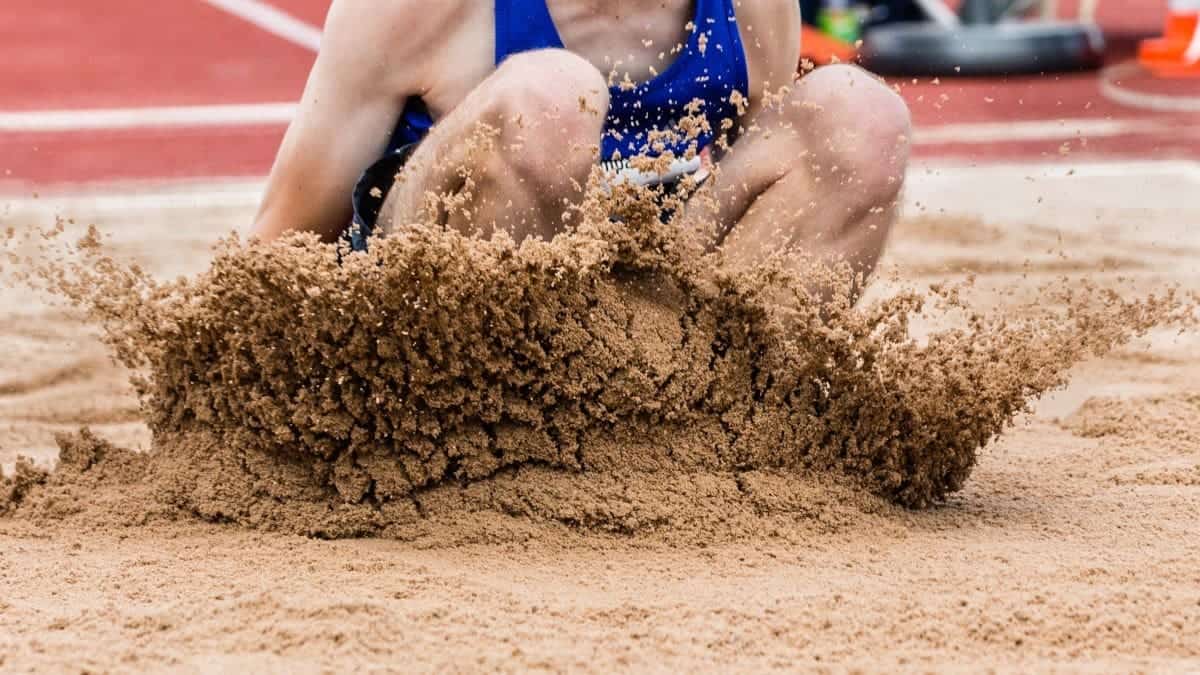
14 Feb The Great Leap Backward: Changes in the Jumping Performance of Australian Children Aged 11−12-Years Between 1985 and 2015
A study aiming to determine the 30-year secular changes in jumping performance and to assess whether these secular changes remained independent of changes in body mass was recently published in the Journal of Sport Sciences.
This study quantified the 30-year secular changes in jumping performance of Australian children aged 11−12-years using data from the Australian Schools Health and Fitness Survey (1985, n = 1967) and Growing Up in Australia’s Child Health CheckPoint (2015, n = 1765). Both cohorts measured jumping performance (standing long jump distance), anthropometric (waist circumference, body mass index, and fat mass) and demographic data. Secular changes in jumping performance means and quantiles were examined using multivariable linear and quantile regression. The authors hypothesised that jumping performance had declined between 1985 and 2015 and that changes in body mass would explain only part of the decline.
Between 1985 and 2015, jumping performance declined by 16.4 cm or by 11.2% (standardised change 0.66 SD, 95%CI 0.60 to 0.73). Adjustment for body mass reduced the effect by 32%, although the decline remained (absolute change – 11.1 cm, 95% CI −12.5 to −9.7; percent change 7.7%, 95%CI 6.7 to 8.6; standardised change 0.51 SD, 95%CI 0.44 to 0.57). This decline was evident across all quantiles. The jumping performance of Australian children aged 11−12-years has declined between 1985 and 2015, with body mass changes accounting for only part of the decline.
This study captured two time points, making it possible to determine absolute linear change rather than exact pattern and timing of the secular change. Strengths of this approach included secular changes being examined:
- using similar standing long jump protocols collected by trained measurement teams;
- in two samples controlled for age, sex, body size and area-level SES related differences in standing long jump; and
- across two random national samples that were broadly representative of their source population at each time point.
Therefore, irrespective of the pattern of change, this analysis provides a good approximate of the overall magnitude of change between 1985 and 2015.
Limitations of this study include concurrent secular trends in biological maturation; the inability to examine what effect changes in ethnic distribution and motor competence/ability had on jumping performance, as these data were not available at both time points; and under-representation of the most disadvantaged that could have potentially introduced bias and limited generalizability.
The authors conclude that despite the presented limitations, this study provides the most up-to-date analysis of secular changes in the jumping performance of Australian children over a 30-year period, and that growing recognition of the benefits of muscular fitness in children and adolescents is necessary to highlight the importance of efforts to promote it and to reverse this decline.


